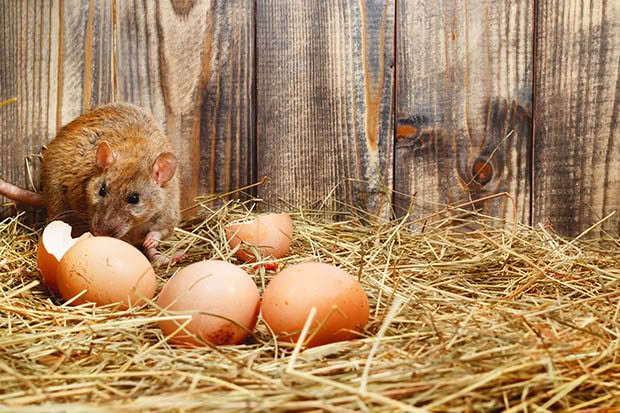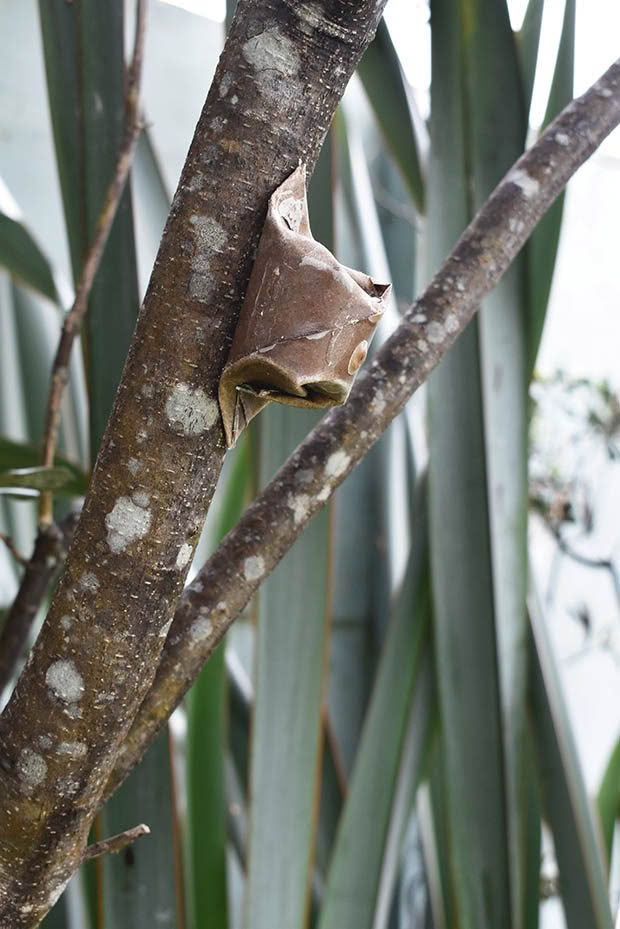How to launch a rat attack

Rats are clever, and controlling them takes a multi-pronged approach.
Words: Nadene Hall
When Great Barrier resident Murray Staples discovered there was a massive rat problem on the island, he had one thought.
“I’ll get you buggers.”
Little did he know it would turn into a business – Rat-A-Tack – working with clients all over the island to control the tree-dwelling ship rat.
The secret to his success is toilet rolls.
“I dip rolls in wax to waterproof them, then put about 50g of a peanut butter and poison mix in each one, fold the ends over and staple them to trees in the forest.’

Murray’s toilet roll bait stations are easy to make and biodegradable.
The poison he uses is called diphacinone. It’s available from farm stores and other rural suppliers under the names Ditrac, Ratabate, Liquatox, and Pestoff (ferrets).
By putting the little parcels of poison up a tree, he ensures he’s targeting the rats, not roaming ground birds or pets.
On a mainland block, the more common target is the Norway rat which tends to stay at ground level. Control measures include pet-proof bait stations, snap traps, or a self-resetting GoodNature trap.
4 RAT CONTROL TIPS
Rats love to make a home in any kind of pile: rubbish, bricks, timber outside, inside storage sheds, and under or even in your house. Clean these up and you naturally push a rat population further away from your home, sheds, and coop.
1. If you have a compost bin, wrap wire mesh under its base and up the sides – use wire to hold it in place – and have a secure lid.
2. Trim trees so the branches aren’t close to or overhanging your house – these are rat highways. Other rat roads include along walls, fencelines, around (or through) compost and rubbish piles, and near waterways/drains etc. These are the best places for traps and bait stations.
3. A trail camera is an excellent tool if you still have a rat problem but aren’t catching anything. These show you if rats are using the area, and if they are, why they aren’t going into a trap. It can be as simple as changing a trap’s position, or using a more enticing bait.
4. Rats are cautious by nature, so it may take a few weeks for them to get used to something new, like a bait station or trap, in their environment. One useful strategy is to use a pre-bait where you intend to place a trap or bait station so rats get used to finding food there. As they gather to feed, they also leave a lot of scent, encouraging other rats to investigate.
Love this story? Subscribe now!
 This article first appeared in NZ Lifestyle Block Magazine.
This article first appeared in NZ Lifestyle Block Magazine.
